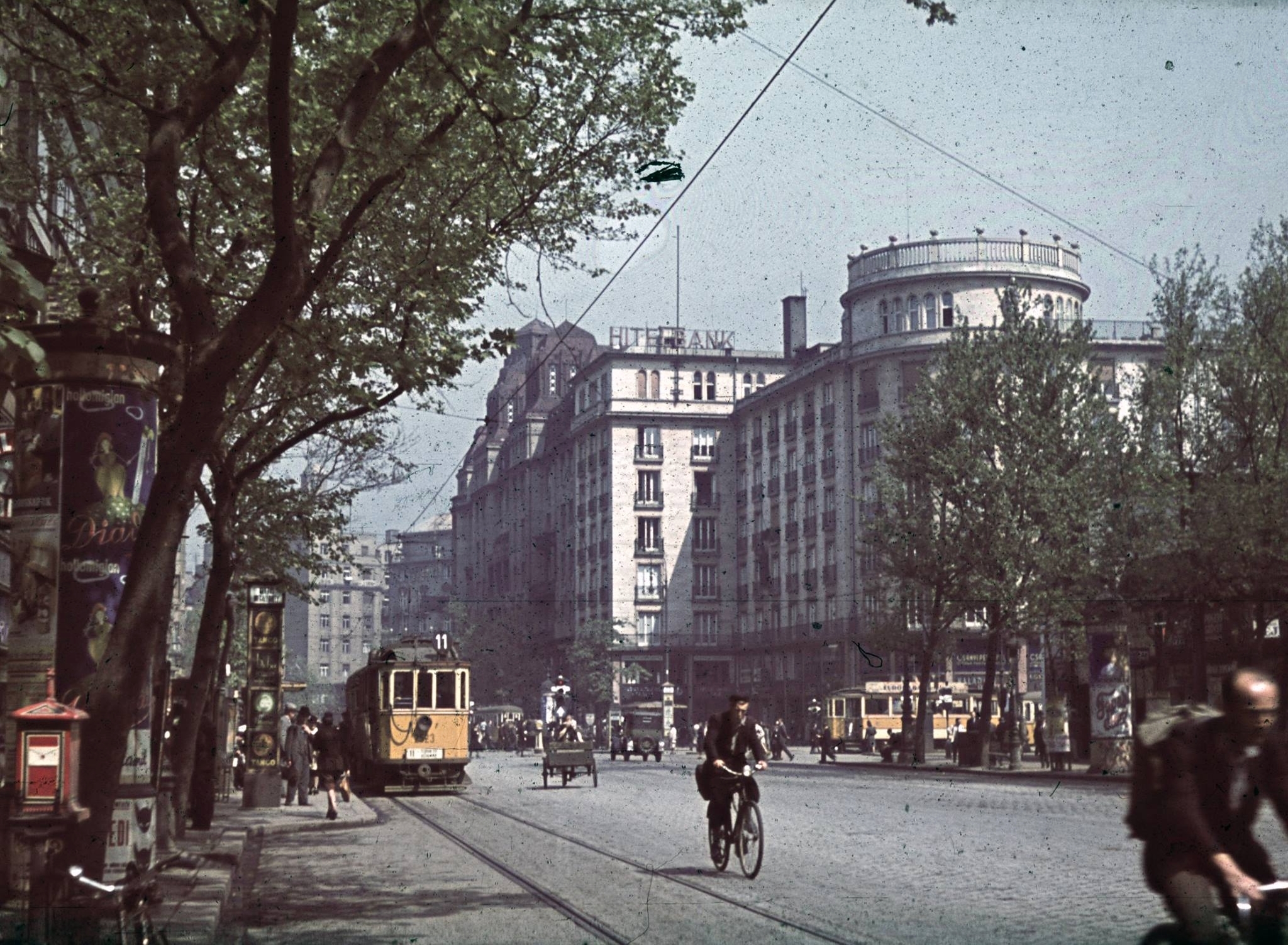Astoria is one of the most important transport hubs in the city, a short stroll from the Danube. Passing through it by bus or tram, you can be over Elizabeth Bridge or Liberty Bridge in no time. But you can also head to Deák Ferenc tér or Blaha Lujza tér, major squares both. Everyone in Budapest knows this, of course, but some think that ‘Astoria’ must be the name of the space itself. It’s not.
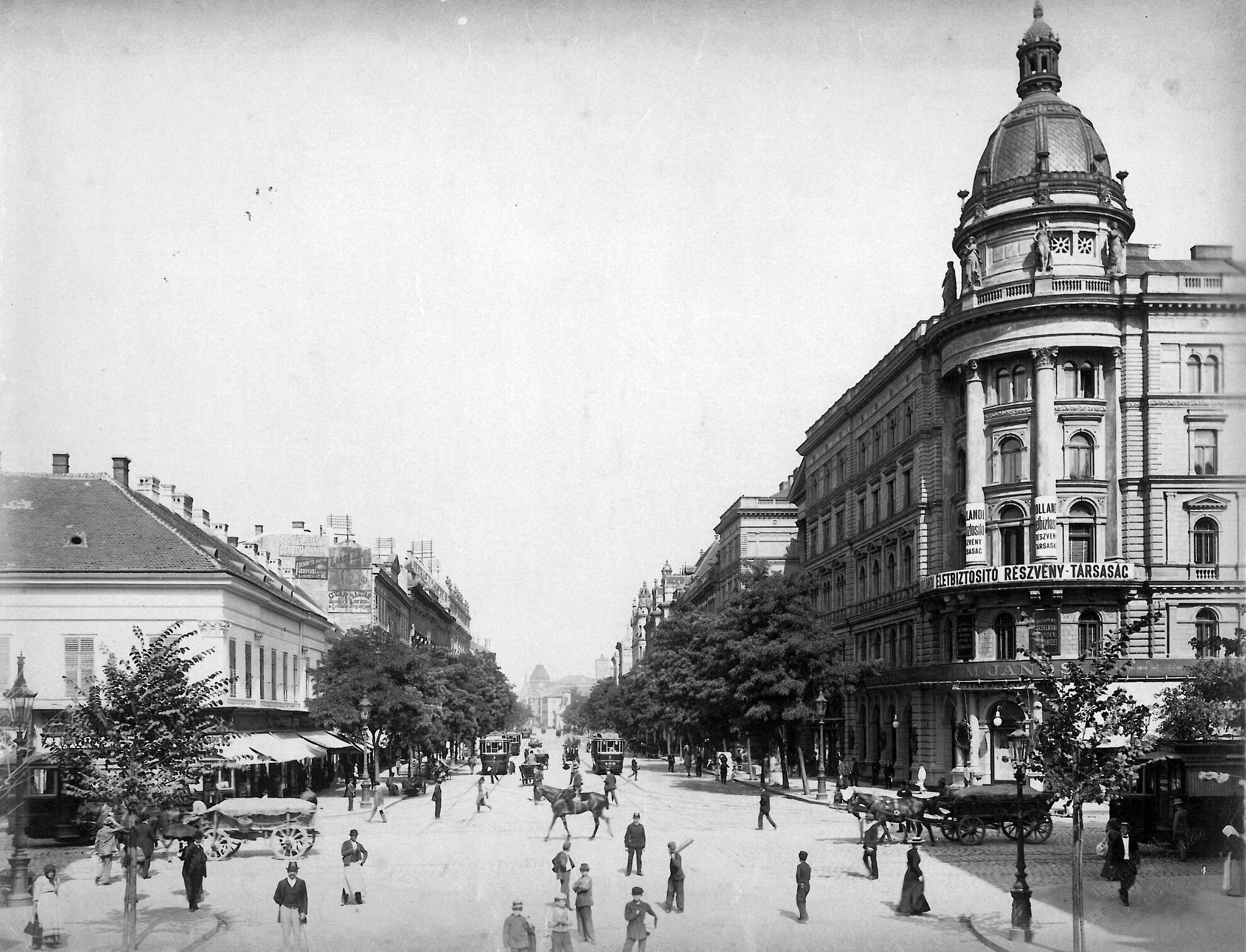
Three districts – V, VII and VIII – intersect at this point, once part of Pest’s city wall. Here stood the Hatvan Gate, demolished in the early 1800s. In its place, a tavern was created by blacksmith Benedek Unger, who had gained ownership of the plot and built his own property on it. This he expanded to offer food, drink and accommodation.
The Zrínyi Inn & Café, which operated here between 1824 and 1910, was popular, hosting card games and carousing. Zrínyi was also a centre of literary and artistic life, with regulars such as painters László Mednyánszky and Károly Lotz, and national poet Sándor Petőfi, who lived next door.
By the turn of the century, with hundreds of competitors in Budapest, the Zrínyi fell from grace and was replaced by a women’s fashion store shortly before the Hotel Astoria was built.
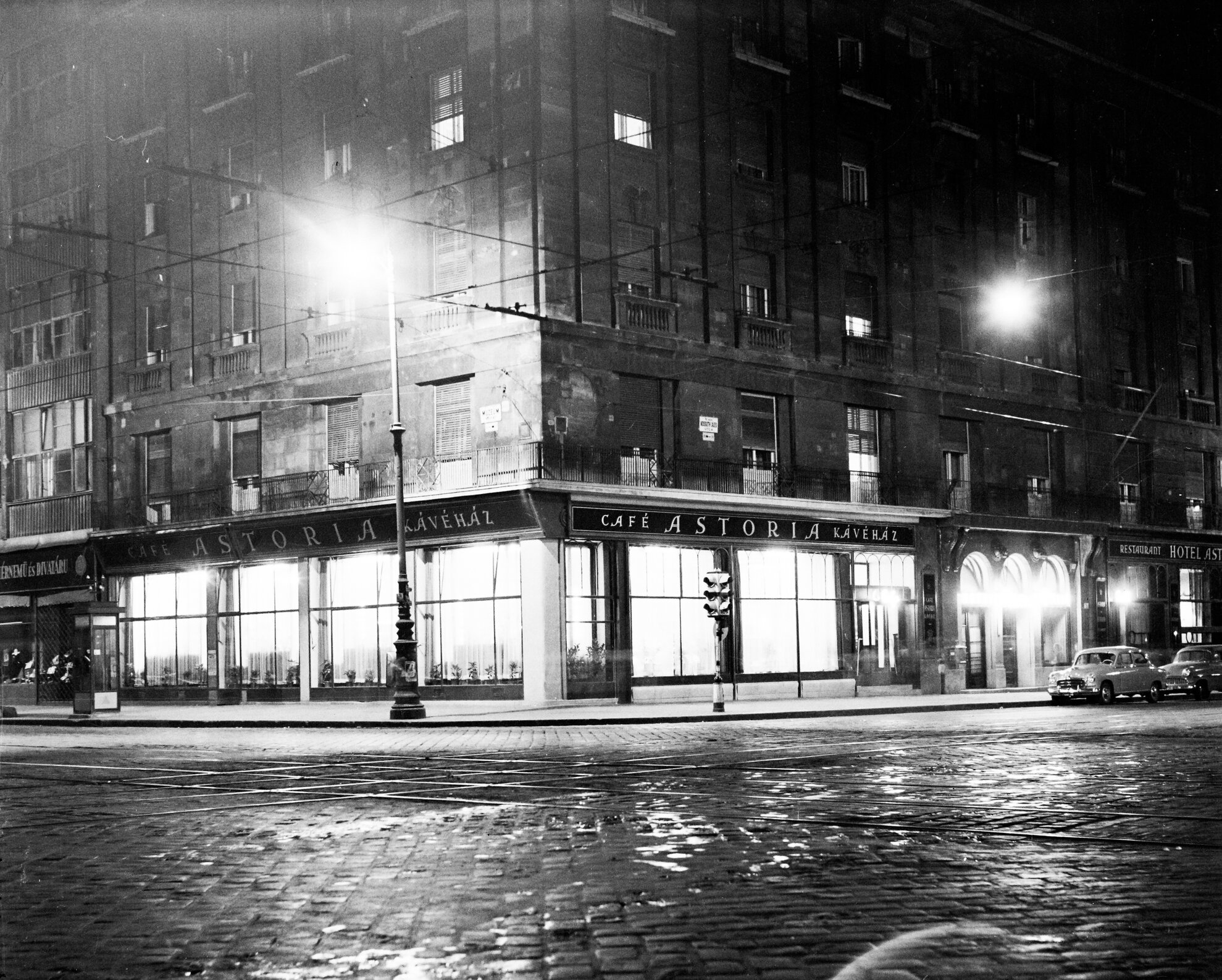
So, what does Astoria mean? There is a town of this name in Oregon, founded by John Jacob Astor of German descent, who made his fortune in fur. He then turned to real estate in Manhattan. Big time. When he died in 1848, he was America’s first multi-millionaire.
His grandson William built the Waldorf Hotel in 1893, Walldorf in Germany being the ancestral home of the moneyed Astor dynasty. Cousin John Jacob Astor IV built the Astoria next door, William, also the Hotel Astor nearby. High society frequented all three. When combined, the Waldorf-Astoria was the largest hotel in the world.
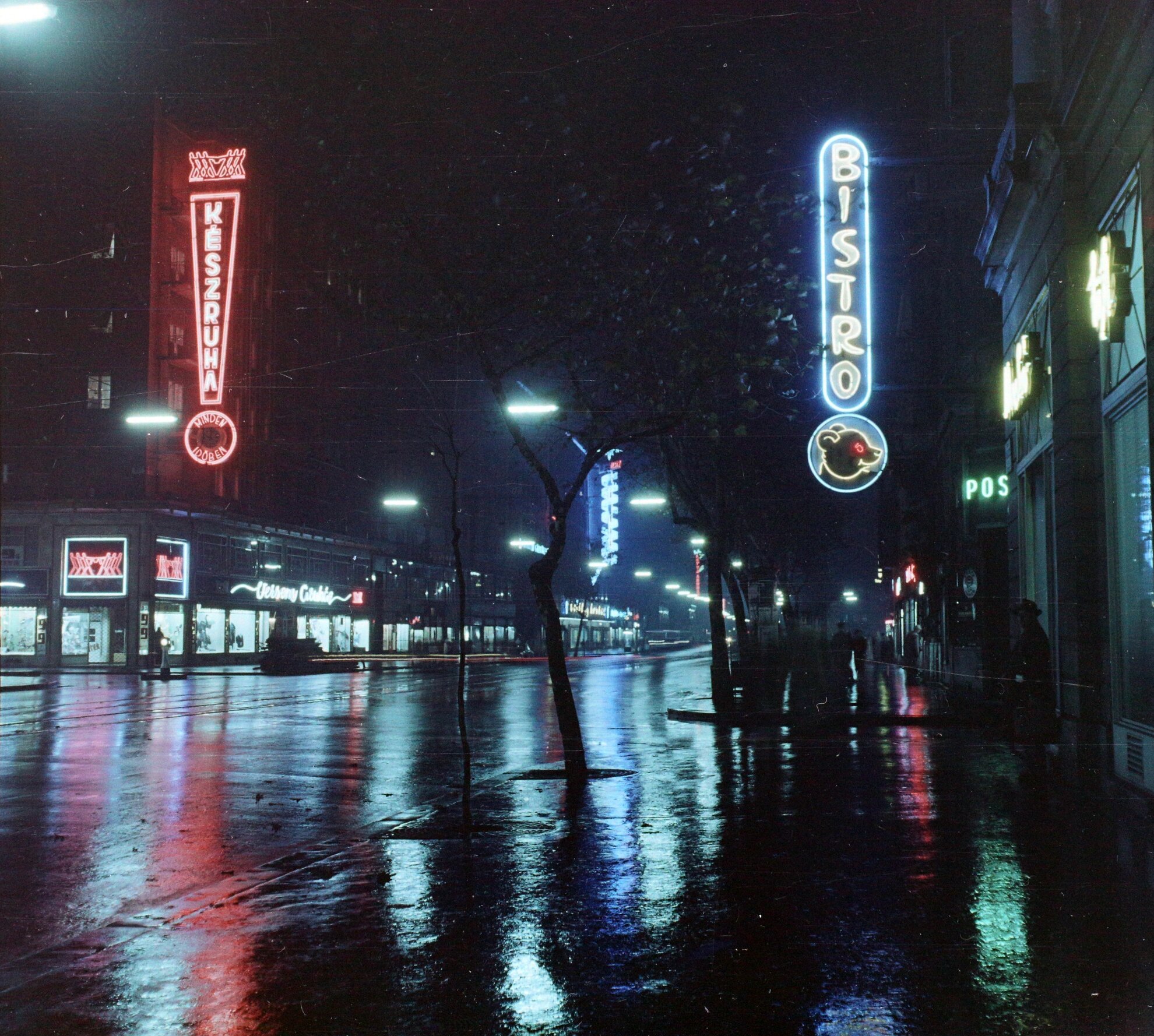
‘Astoria’ meant, therefore, ‘class’. Similarly named hotels were opened in Vienna, Belgrade, St Petersburg and then… Budapest. Echoing its New York namesake, the Astoria was equipped with all mod cons unavailable at most competitors across town: central heating, a dust extraction system, lifts and even a cooled wine bar in the cellar.
The Astoria also played significant roles in Hungarian history. This is where the Aster Revolution began, on 30 October 1918, when Mihály Károlyi gave his famous speech from a balcony here – his supporters below wore aster flowers in support of his social democracy with the Habsburg Empire collapsing around them. During the Soviet Republic that followed, the leaders of the Communist Directorate moved to this hotel.
After the German occupation of Hungary in March 1944, this became the local headquarters for the Gestapo. After the war, American military leaders stayed here.
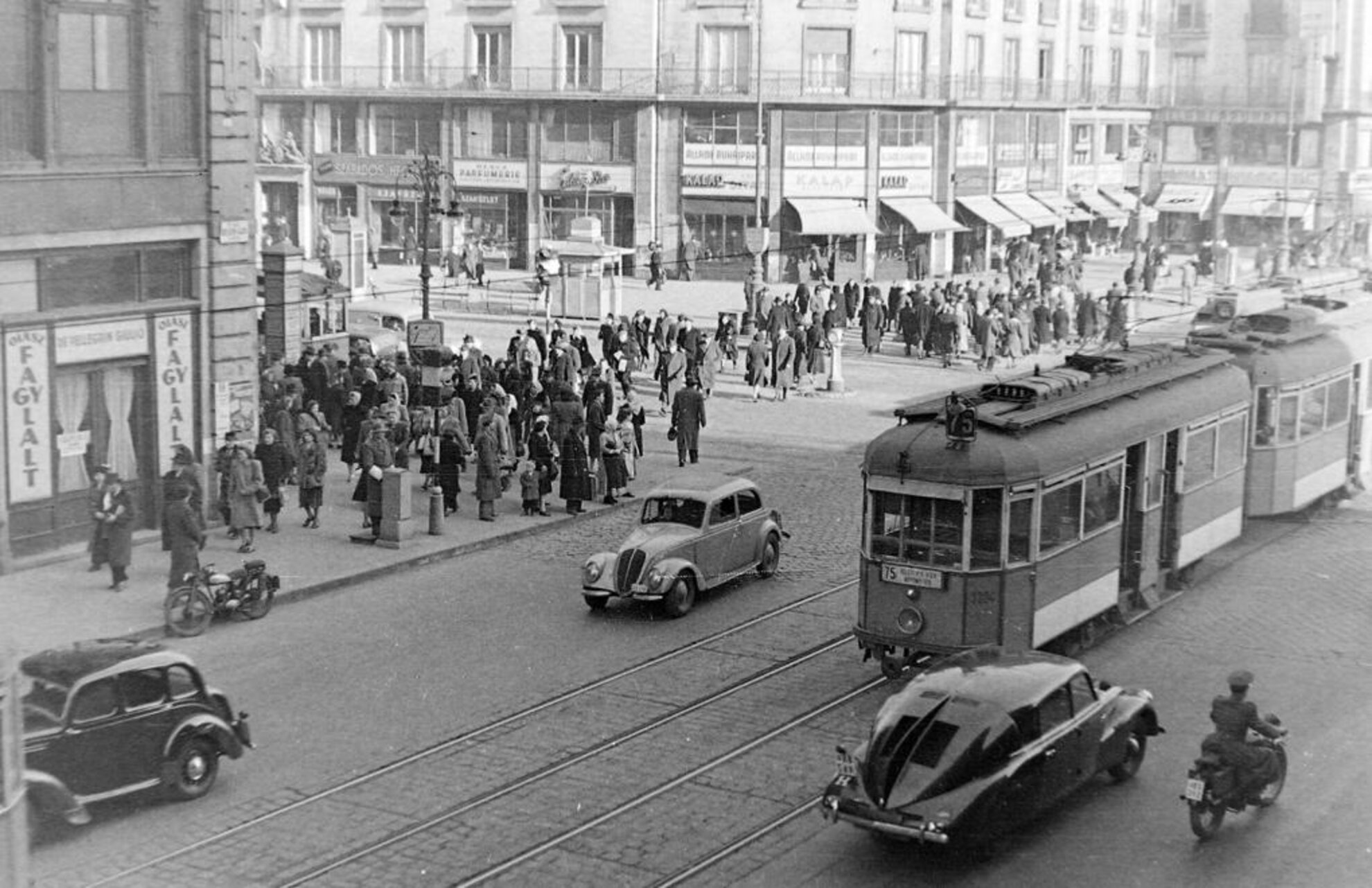
In 1956, a revolutionary crowd stopped Russian tanks here, which only led to more fighting on the streets in the following weeks.
On the national holiday of 15 March 1973, college students protested against the Communist régime and clashed with the army right here, forcing the crowd into the underpass – one built in the 1960s, the first in Hungary. The metro station, opened in 1970, helped change Astoria from a trading hub to a transport one.
The last major incidents here took place on 23 October 2006, 50 years after the Hungarian Uprising and a month after nationwide demonstrations against the government. Peaceful protests were met with unprecedented police brutality and bloodshed.
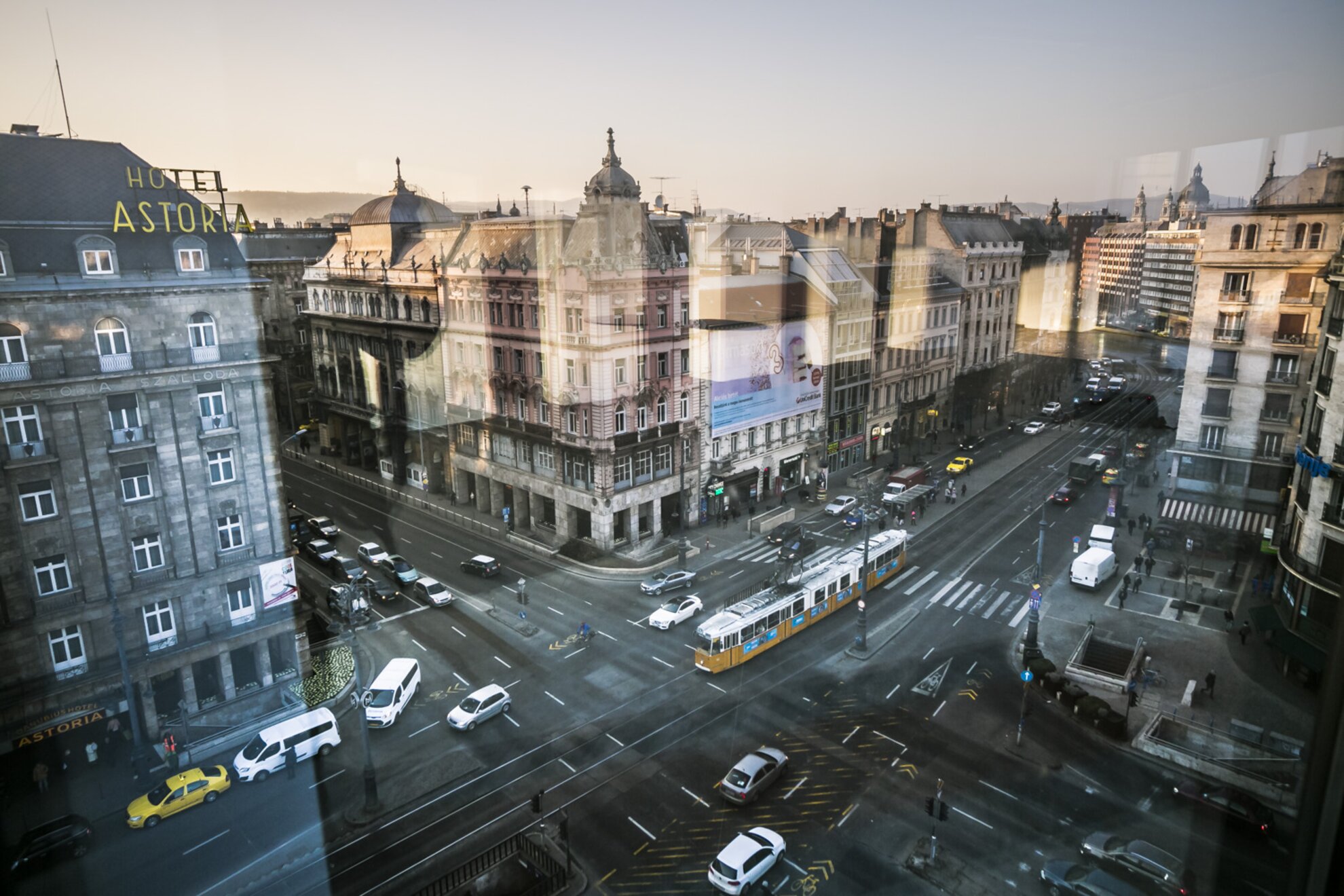
Today’s Astoria gained its present-day look in the 1930s, although a few more buildings were modified after the régime change of 1989. Two decades after the hotel was unveiled, the Georgina residential block opened on the corner of Károly körút/Rákóczi út and, four years later, the MTA one next to it.
The oldest of the four cornerstones, the Grünbaum-Weiner House at Kossuth Lajos utca/Károly körút, dates back to 1894, while the East-West Shopping Center was created as recently as 1991-92.
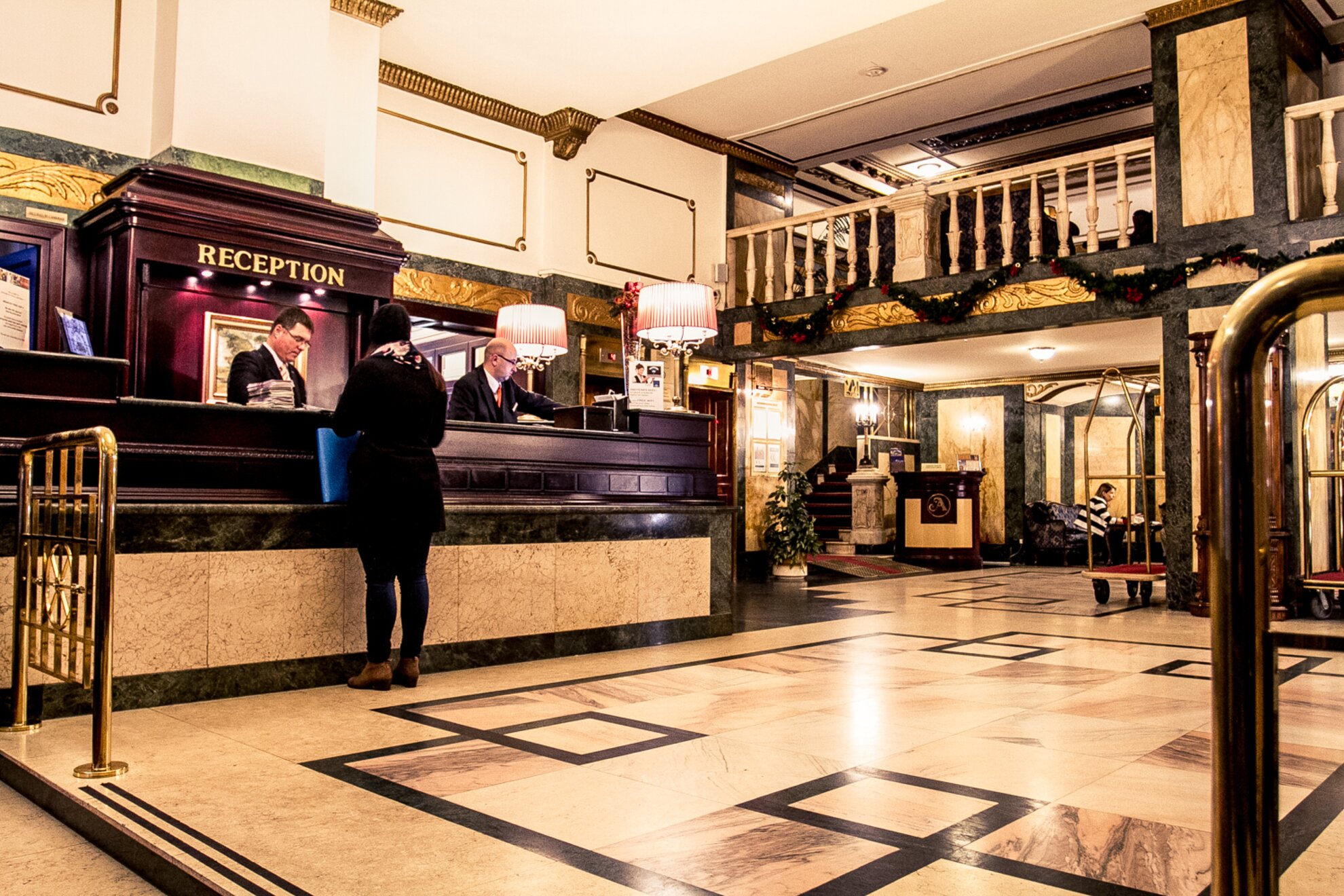
At the time of the 1973 protests, later disgraced President of Hungary Pál Schmitt was the hotel’s deputy director. Coincidentally, A miniszter félrelép (‘The Minister Steps Aside’) was filmed here, this Hungarian political comedy film from the 1990s unsatisfyingly rendered as Out of Order in English.
Screen stars were no stranger to the Astoria – Larry Hagman (JR Ewing from Dallas) and Franco Nero were guests, as a plaque by the main entrance attests. Another frequent resident, early 20th-century novelist Gyula Krúdy, loved Astoria because of how quietly they cleaned it.
